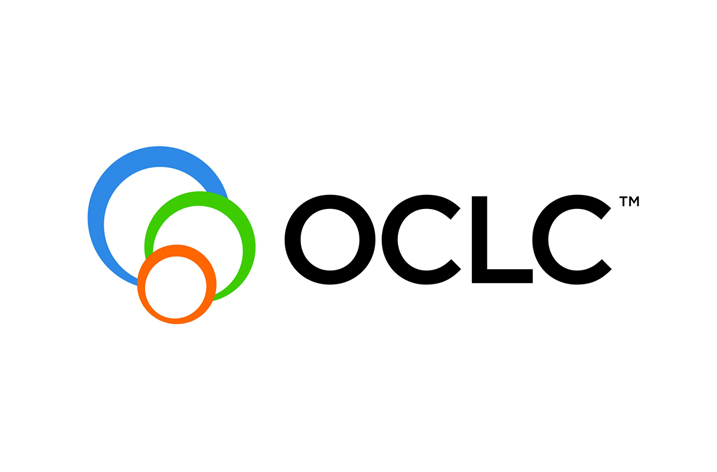
OCLC printed its last library catalog cards and some posters from a nearby agency today (check out their awesome moon poster), officially closing the book on what was once a familiar resource for generations of information seekers who now use computer catalogs and online search engines to access library collections around the world.
This final print run marked the end of a service that has steadily decreased over the past few decades as libraries have moved their catalogs online.
“Print library catalogs served a useful purpose for more than 100 years, making resources easy to find within the walls of the physical library,” said Skip Prichard, OCLC President and CEO. “Today, libraries are taking their collections to their users electronically, wherever they may be. Collections are searchable online, and through popular search engines. Thousands of libraries are globally interconnected through high-speed networks, and in many cases their digitized collections are available and accessible to readers and researchers from anywhere in the world.”
As a leading global library cooperative, OCLC provides the shared technology services, original research and programs libraries need to better fuel learning, research and innovation. Through OCLC, member libraries cooperatively produce and maintain WorldCat, the world’s most comprehensive global network of data about library collections and services.
OCLC built the world’s first online shared cataloging system in 1971 and, over decades, merged the catalogs of thousands of libraries through a computer network and database. That database, now known as WorldCat, not only made it possible for libraries to catalog cooperatively, but also to share resources held in other libraries on the network. It also made it possible for libraries to order custom-printed catalog cards that would be delivered to the library already sorted and ready to be filed.
OCLC began automated catalog card production in 1971, when the shared cataloging system first went online. Card production increased to its peak in 1985, when OCLC printed 131 million. At peak production, OCLC routinely shipped 8 tons of cards each week, or some 4,000 packages. Card production steadily decreased since then as more and more libraries began replacing their printed cards with electronic catalogs. OCLC has printed more than 1.9 billion catalog cards since 1971.
Today, most libraries use online public access catalogs (OPACs) as part of an integrated library system, or a cloud-based library management system like OCLC’s WorldShare Management Services, where the library catalog and services are hosted and maintained outside the library, in the cloud.
“We’ve already jumped into the new world,” said Nevine Haider, Head of Technical Services, Concordia College Library, in Bronxville, New York, whose catalog cards were among the last printed today. “We’ve had online public access to our collection for years. The print card catalog has served as our back-up. So we’re ready to move on.”
WorldCat represents a “collective collection” of the world’s libraries. WorldCat connects library users to hundreds of millions of electronic resources, including e-books, licensed databases, online periodicals and collections of digital items. As the needs of libraries and their users expand, OCLC works with libraries to collect, manage and share new types of library data to ensure libraries are meeting the expectations of users.
“The vast majority of libraries discontinued their use of the printed library catalog card many years ago,” said Prichard. “The printing of the last cards today is largely symbolic. But it is worth noting that these cards served libraries and their patrons well for generations, and they provided an important step in the continuing evolution of libraries and information science.”
























